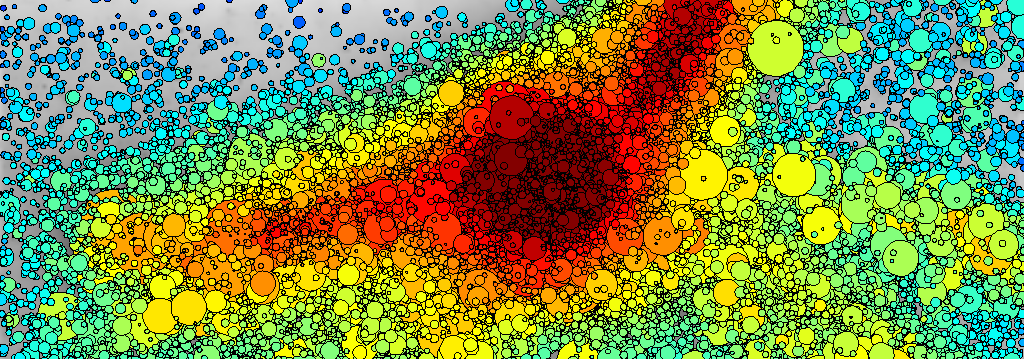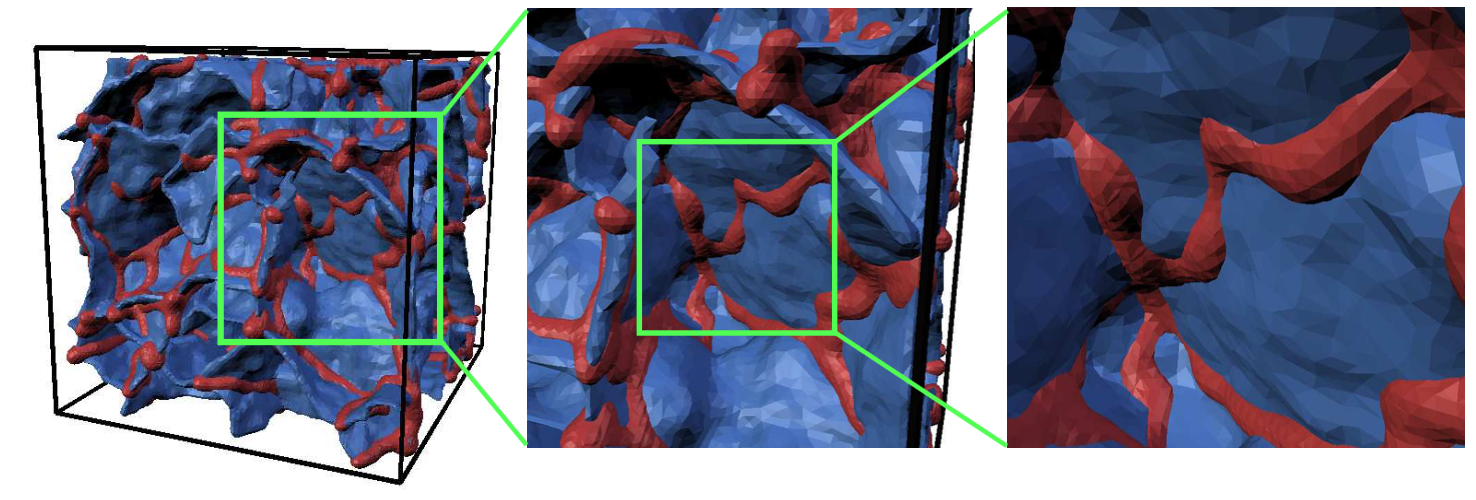Sub-megaparsec Redshift Estimates from Cosmic Web Constraints
Posted by Miguel Aragon
This is one of those ideas that seem "to good to be true". Conventional photo-z techniques can be used to derive distances to galaxies but the uncertainties are or the order of tens of megaparsecs (see let panel of the figure above). By using the cosmic web as an additional constraint over existing photo-z estimates we can derive redshifts with an equivalen accuracy of a couple of megaparsecs and even sub-megaparsecs! This paper explains why this makes sense and describes the basic method.
Read paper


